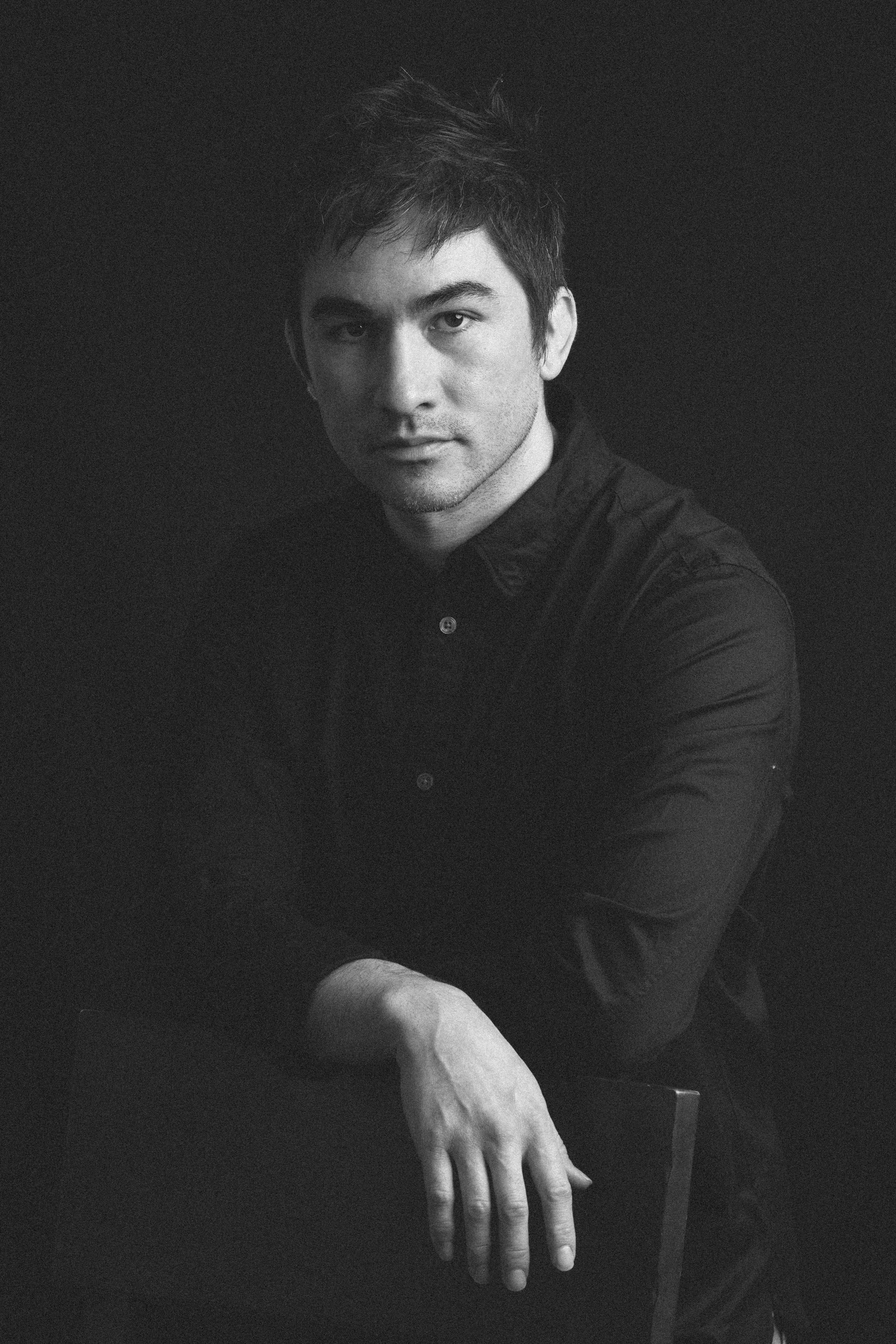Lee Beckwith is a UX/UI designer working at the intersection of problem solving and cultural communication. He has worked with major brands like Google, Apple, and Samsung, as well as with designers from R/GA and Frog. His accomplishments include winning an A' Design Award for augmented reality driving experiences at Honda and designing Google One from concept to launch at Google. He holds a Master of Science in Human Computer Interaction and studied graphic design at AAU. He is currently working at Apple as a UX/UI designer on AI and data platforms.
